Immunizations
Promoting Wellness Starts with Prevention
Stay Healthy, Stay Strong
Pediatric Wellness
A vital part of pediatric wellness is preventing illnesses that can be avoided. In keeping with our evidence-based approach to medical care, all providers at Pediatric Associates of the Northwest believe in the importance of vaccines and strongly recommend patients stay up-to-date on their immunizations. We follow the immunization schedule recommended by the American Academy of Pediatrics.
We also recognize that every family is unique. If you have concerns about the safety or efficacy of vaccines, or if your child gets nervous with shots, we are committed to listening and providing ample resources to encourage informed decisions.
Our Gentle Approach
Worry-Free Pokes
We offer pain-reducing methods and distraction techniques so “pokes” are as comfortable and easy as possible. Ask about our Buzzy Bees, Shot Blockers, topical anesthetic creams, and Viewfinders at your next visit!
Our gentle and patient staff are specially trained in giving pediatric immunizations so you can feel confident that you are in good hands.
Be informed
Reliable, Evidence-Based Resources
Want more facts on immunizations? We recommend these resources:
- Boost Oregon: Like PANW, Boost Oregon is deeply committed to its community. Get the full story on vaccinations from this parent-led organization, which includes medical providers, parents, and community members. PANW pediatricians, Dr. Jay Rosenbloom and Dr. Ryan Hassan, are often presenters for their community education workshops.
- Children’s Hospital of Philadelphia has a Vaccine Education Center that provides comprehensive, credible, and up-to-date information about vaccines across the lifespan.
- CDC Vaccine Schedule (child): Not sure which vaccines are recommended for your child? This easy-to-read resource outlines all the recommended immunizations—and the serious illnesses they prevent—for children ages 0 to 6 years.
- CDC Vaccine Schedule (adolescent): This page offers information about recommended vaccines for children ages 7 to 18 years.
Learn More
Vaccine & Antibody Information
For specific information about each vaccine or preventive antibody, click the links below:
To find out which vaccines are recommended at each well child visit, see our well child visit schedule.
Frequently-Asked Questions
Images courtesy of Boost Oregon.
Why do children need vaccines?
Vaccines teach our bodies to protect against harmful germs. This prevents us from getting very sick and lowers the chances of needing medicines or going to the hospital. Unvaccinated children continue to get sick with measles, pertussis, the flu, COVID, and other vaccine-preventable illnesses every year.
How do vaccines work?
Vaccines show our bodies a part of a germ called an antigen. Our bodies then naturally create a disease-fighting protein called an antibody that can recognize and get rid of the germ’s antigen. Our immune cells then remember how to make more of those antibodies if we encounter that germ again in the future.
How are vaccines made?
An effective vaccine safely exposes our bodies to an antigen that our immune system needs to recognize and protect us from. There are four main ways that we have learned how to do this:
- Live-attenuated vaccines use a weakened version of the germ. This means the germ is technically “alive,” but it can’t cause the same degree of illness in the recipient as if it were its normal, full-strength version.
- Inactivated vaccines use a dead germ.
- Partial germ vaccines use a protein or sugar from the germ.
- mRNA vaccines use the genetic code for the antigen from the germ.
In each of the above processes, the antigen is strong enough to prompt a natural immune response from our bodies but weak enough to avoid any harm or illness from the vaccine.
What's in vaccines?
Vaccine producers list everything used in the process of making a vaccine. Imagine reading the ingredients for a bag of peas if the food company had to list everything used to grow the peas. The list would include “soil,” “cow manure,” and the chemicals found in the fertilizers. Similarly, many of the items listed as vaccine ingredients are used in the creation of a vaccine but are not present in the final product. Ingredients that people often have questions about are:
- Aluminum Salts: These are used in some vaccines as an “adjuvant”– an ingredient used to cause a better immune response to a smaller dose of the active part of the vaccine. An adjuvant with a smaller dose of active vaccine helps to create fewer side effects. The aluminum salt is absorbed from where the vaccine is given and leaves the body in our urine. Aluminum is a very common element; it is the third most common element in the Earth’s crust. We constantly eat, drink, and breathe it. The aluminum in vaccines is such a small amount compared to what we are exposed to in everyday life. It is cleared from the body so well that we can’t even detect a change in the amount of aluminum in the body after vaccination.
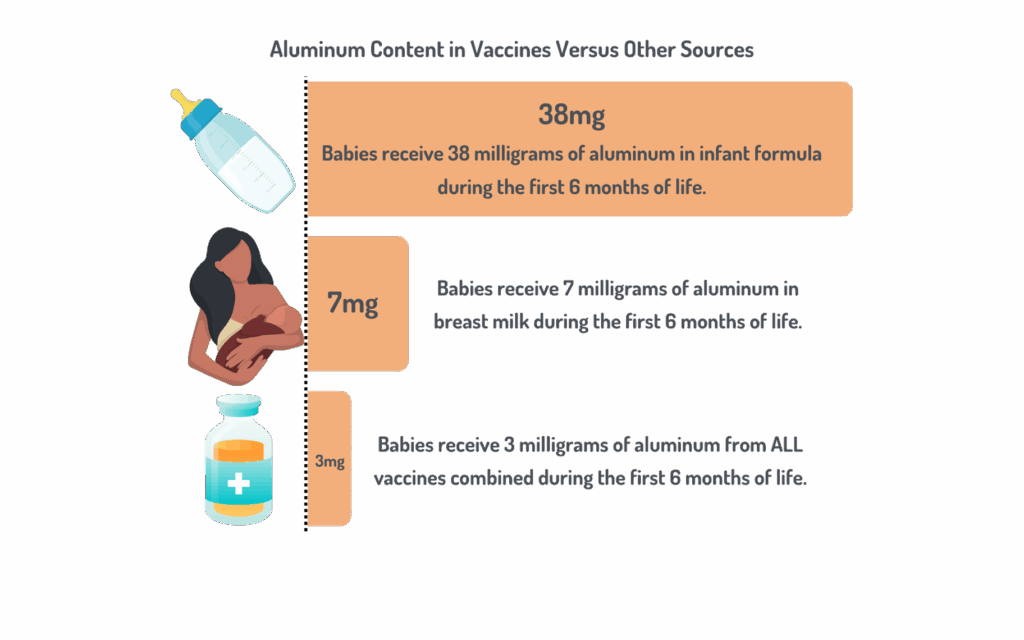
- Thimerosal: This is a preservative that used to be in some vaccines to keep them sterile and safe. However, thimerosal was removed from all childhood vaccines in 2001. Thimerosal breaks down into ethylmercury, which quickly leaves our body through our urine. Ethylmercury is considered safe, unlike methylmercury, which is found in fish and can be toxic at high levels.
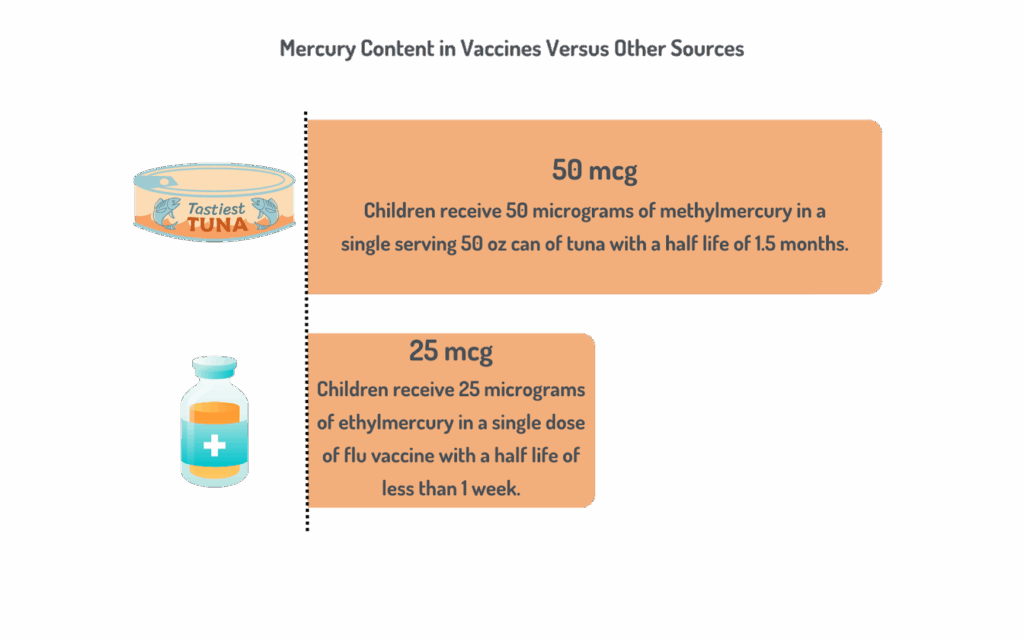
How do we know vaccines are safe?
Before being approved for public use, vaccines must be shown to be safe and effective in studies with thousands of people. Study data is reviewed by agencies that manage vaccine safety and policy, along with panels of experts, to decide whether to approve a vaccine. No steps can be skipped.
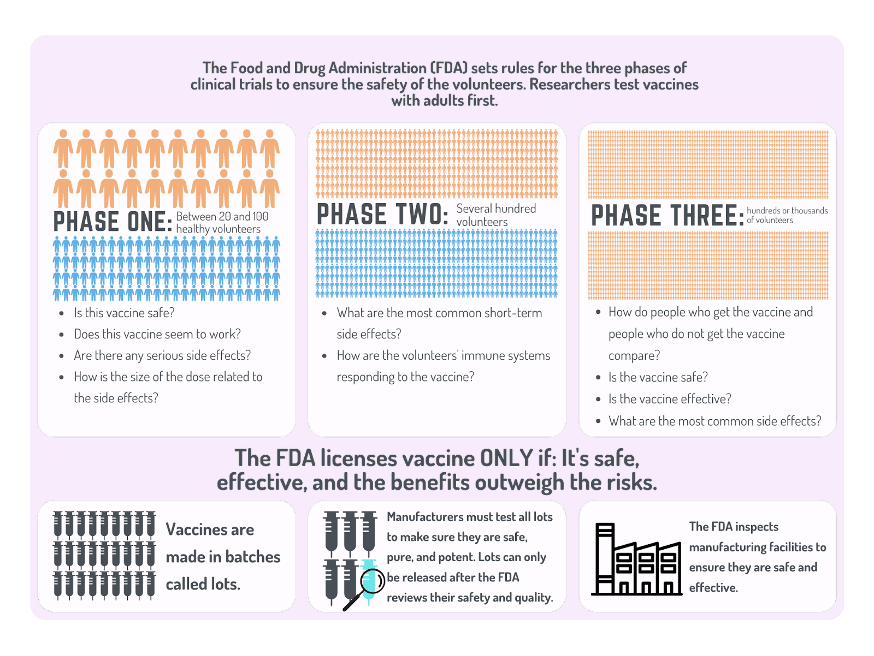
After approval, vaccine safety is constantly monitored through many systems that collect and analyze reports of adverse events that happen after vaccination. Anyone can report an event, including patients, parents, and healthcare professionals. This allows us to detect very rare side effects.
Learn more about vaccine development here: Children’s Hospital of Philadelphia
Are vaccines tested against a placebo?
Yes. Vaccines for new diseases are tested against a placebo — a shot that does not contain an active ingredient. As one of the early vaccines to be developed, the MMR (Measles, Mumps, and Rubella) vaccine was compared to people who had not been vaccinated because many individuals had never received a vaccine at the time it was studied.
When a new version of a vaccine is developed, it is tested against the current version to ensure it is at least as effective and safe as the previous one.
How effective are vaccines?
All vaccines are very good at stopping the diseases they are created for. But different vaccines have different levels of protection.
For example, the measles vaccine is 97% effective at preventing measles infection. Protection with the vaccine lasts a lifetime. The tetanus vaccine is very protective, but needs booster doses over time to keep that protection.
The flu shot is less effective at preventing minor illnesses, but it still protects against severe flu infection. The vaccine needs to be updated each year to keep up with how quickly the virus itself changes. Almost all of the 25,000-50,000 deaths from influenza in the US each year are among unvaccinated people (Benefits of the Flu Vaccine | Flu Vaccines Work | CDC). Vaccines work best when community immunity is high enough to keep diseases from spreading.
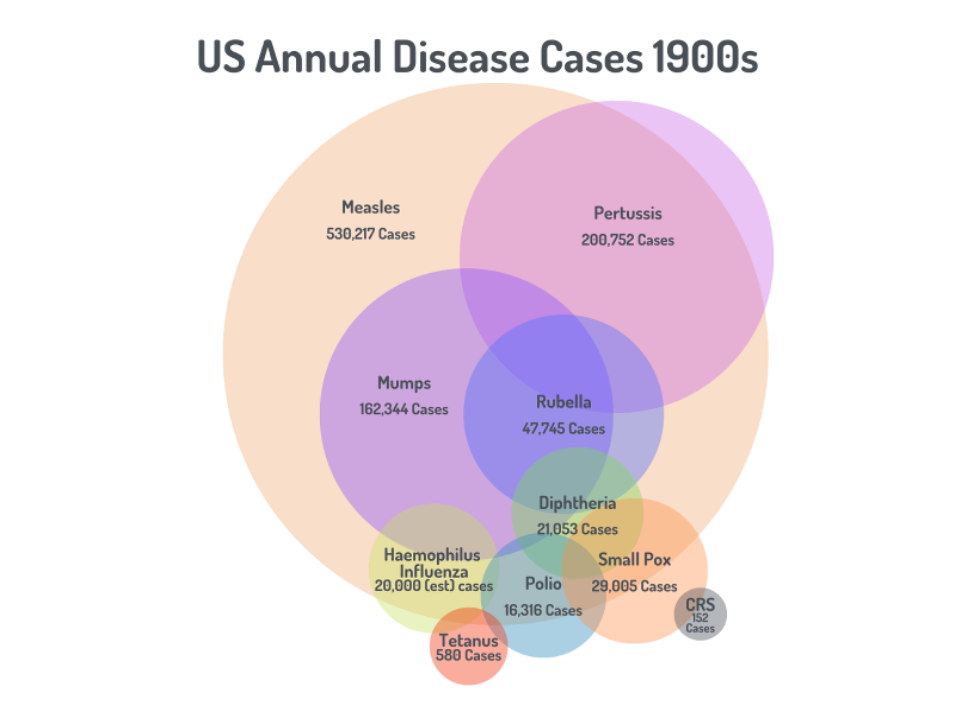
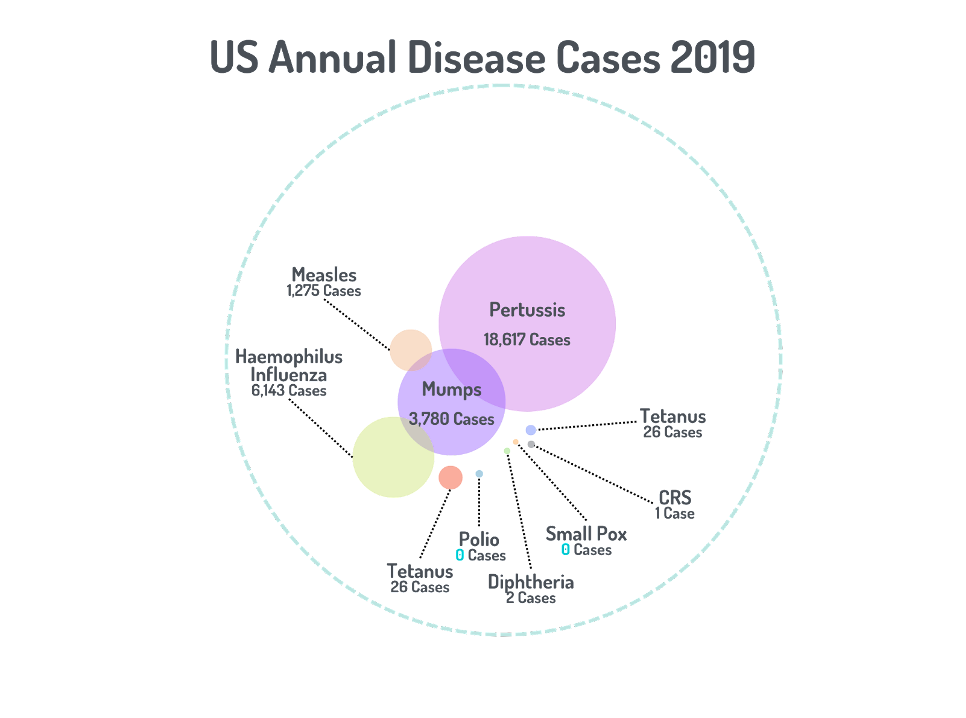
How can I comfort my child before and after shots?
Children do best with vaccines when parents are honest with them about what to expect. So, we recommend that parents and caregivers prepare children for medical appointments ahead of time.
Parents should let their children know that shots can be temporarily uncomfortable and painful, but that they are safe and help keep our bodies healthy. It can help to hold children in a comforting position, such as a hug. Infants may appreciate being nursed or bottle-fed while receiving the vaccine or right afterwards to provide continuous comfort. You can request a pain-blocking tool like a Buzzy Bee or Shot Blocker to reduce the pain.
What are the side effects of vaccines?
Most people have few to no side effects after getting a vaccine. The most common side effect of vaccines is arm pain or stiffness. Less common side effects can include tiredness, headaches, fevers, and rashes, but those almost always resolve in one to two days. None of the vaccines on the AAP’s childhood immunization schedule cause any dangerous or long-term side effects.
Why do vaccines cause side effects?
Vaccine side effects are the body’s natural immune response to a vaccine antigen. It is a sign that the vaccine is doing what it should. Side effects are similar to what you may feel when your immune system responds to a disease antigen, except that they are less common and less severe.
Do vaccines cause long-term health problems?
No. All vaccine ingredients are materials that we are exposed to every day, and that our bodies are able to eliminate within a few weeks. The only long-term effect of vaccines is the natural immune response our body makes to eliminate the antigen in the vaccine and protect us from future exposures.
Is there a connection between vaccines and autism?
No. There is a lot of research into this question, and there is no data to show a connection between any vaccine and autism spectrum disorder. Recent research studied very large populations of children (600,000 children and more). Even in families with risk factors or a history of autism, studies did not find a link between vaccines and autism.
Autism is almost entirely a genetic condition, and people with autism spectrum disorder (ASD) are valuable and important members of our community with their own unique strengths. Autism is not a disease and is not something to be cured. Fear of autism should not be used as an excuse to leave children vulnerable to vaccine-preventable diseases.
You can continue learning more about vaccines: Vaccines and Autism | Children’s Hospital of Philadelphia (chop.edu)
How do I weigh the risks of a vaccine against the risks of not getting vaccinated?
Diseases that vaccines prevent cause much worse symptoms than vaccines. Illness can lead to severe health outcomes, including death. Childhood vaccine side effects can be uncomfortable, but they are not as harmful as the diseases they prevent. Common vaccine side effects do not lead to severe health outcomes.
Can my child still get sick after they are vaccinated?
Yes. Vaccines greatly reduce the risk of getting sick and having severe illness from the diseases they target. But no vaccine is perfect.
Wearing a seatbelt doesn’t guarantee you won’t get injured in a car crash, but seatbelts are still essential to keep us safe while driving. In the same way, getting a vaccine doesn’t guarantee you won’t get sick, but it is still the best tool we have to protect us from serious diseases.
Why are there so many vaccines?
As vaccine science improves, we can prevent more diseases. More vaccines are a good thing. We can reduce our risk of catching other harmful diseases and avoid needing advanced medical care. If we are lucky, we will one day have a vaccine to prevent every human disease entirely.
Can my baby handle all of the antigens in vaccines?
Yes. Babies are exposed to far more antigens in a single day than over the course of the entire immunization schedule.
